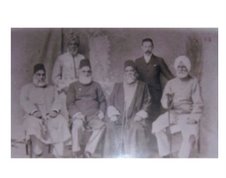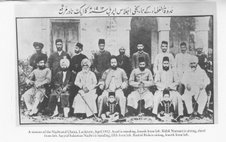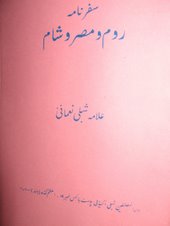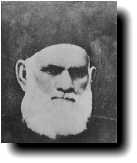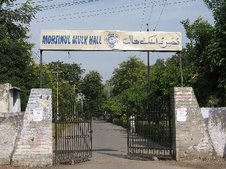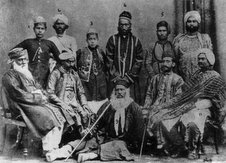Raja Jai Kishan Das
 Raja Jai Kishan Das
Raja Jai Kishan DasBirth: 24th November 1832 (Muradabad- UP)
Died: 30th April, 1905
Father’s Name: Brindaban Das Chaubey
Jai Kishan Das, popularly known as Raja Jai kishan Das was born on 24th November, 1832 in a respected family of Mr. Brindaban Das Chaubey in Muradabad. His father was a respectable and influential figure in Muradabad. Jai Kishan Das completed his formal education in Muradabad and joined Civil Services as a treasurer in Tahseel and retired as a Deputy Collector. For his services to create a harmony between the government and people, he was awarded with Mutiny Medal. In 1860, received the title of RAJA and became Raja Jai Kishan Das. Later received C.S.I. from British Government.
Association with Sir Syed and Aligarh Movement
After reading Sir Syed’s articles in Loyal Mohammadan’s of India, Raja Jai Kishan Das were upset about Sir Syed and his vision but when he first saw him in helping and taking care of Hindus in Muradabad, he became a fan and life long companion of Sir Syed. In 1863, when Sir Syed established The Scientific Society at Ghazipur, Raja Sb praised Sir Syed’s efforts and encouraged others to participate in these efforts. When Sir Syed moved to Aligarh, he relocated the Scientific Society to Aligarh but when he got transferred to Banaras, the Scientific Society elected Raja Jaikishan Das as its Secretary in on 15th August, 1867. Raja Saheb took care of the society with full sincerity and played a key role in its growth and progress. On 21st February 1874, he got transferred to Allahabad. In the farewell function, Sir Syed praised his efforts and sincerity for The Scientific Society and The Society elected Raja Jai Kishan Das as Co-President of The Society for life.
He was also President and Secretary of British Indian Association (Founded by Sir Syed Ahmad Khan). He was always an active participant in Muslim Education Conference (Founded by Sir Syed, in 1886). Raja Jai Kishan Das always played a key role for promotion of education and communal harmony among Hindus and Muslims. He used to visit Aligarh regularly to meet Sir Syed and used to stay with Sir Syed at his residence. On Sir Ross Masood’s (grandson of Sir Syed and son of Justice Syed Mahmood) Bismillah, Raja Saheb gifted 500/- rupees which Sir Syed donated to MAO College Fund and a plaque were installed in Streachy Hall with Raja Jai Kishan Das’s name.
On 30th April 1905, he died and MAO College was remained closed for the day to mourn this great companion of Sir Syed. MAO College and later Aligarh Muslim University is awarding two medals with Raja Jai kishan Das’s name. Later one of the hostel in Sir Sulaiman Hall of AMU was named after Raja Jai Kishan Das.
























































































































